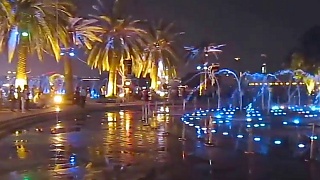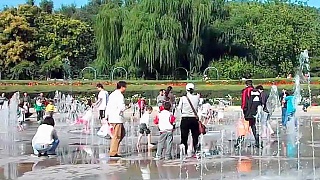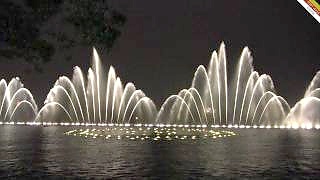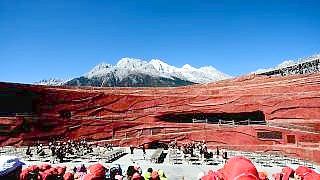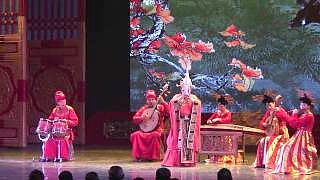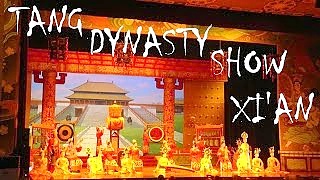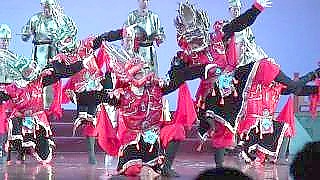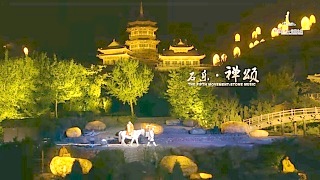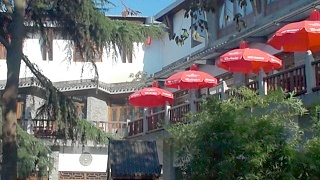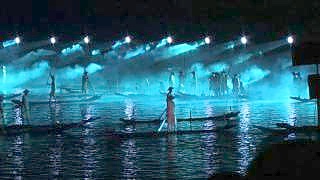Related Videos
Featured Videos
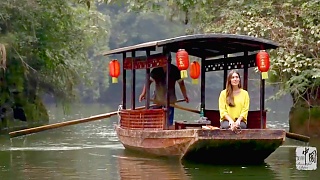
|
A charming micro movie that takes you to some of the many beautiful places in SiChuan province ...
|
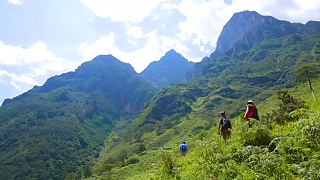
|
Including YunNan and GuangXi provinces ...
|

|
With Mark Wiens ...
|

|
Carl Zha - "Century of Humiliation" ...
On Malaysia ...
Angelo Giuliano ...
|

|
With Flow Food Tea Repeat, in ShangHai ...
Bonus film - with Jason / Living in China ...
|

|
Bonus film - the world's longest sea bridge ...
|

|
Plus, BeiJing ...
And more ...
|
 Scenes from the outdoor musical show ‘TianMen Fox’ 天门狐仙
Scenes from the outdoor musical show ‘TianMen Fox’ 天门狐仙